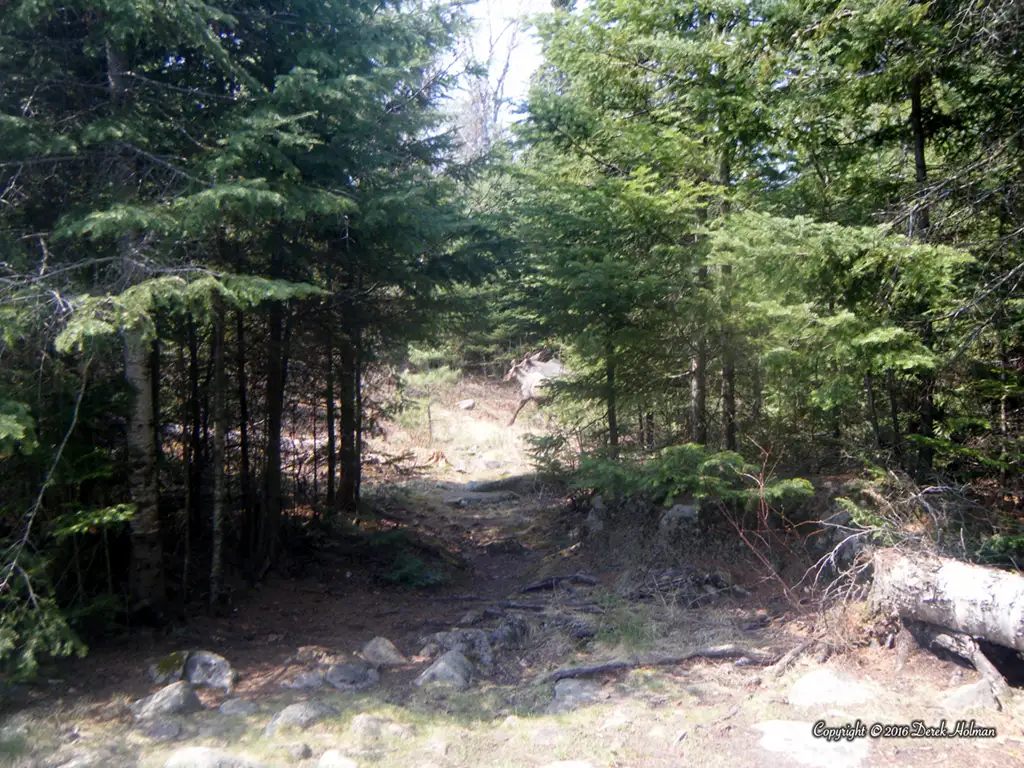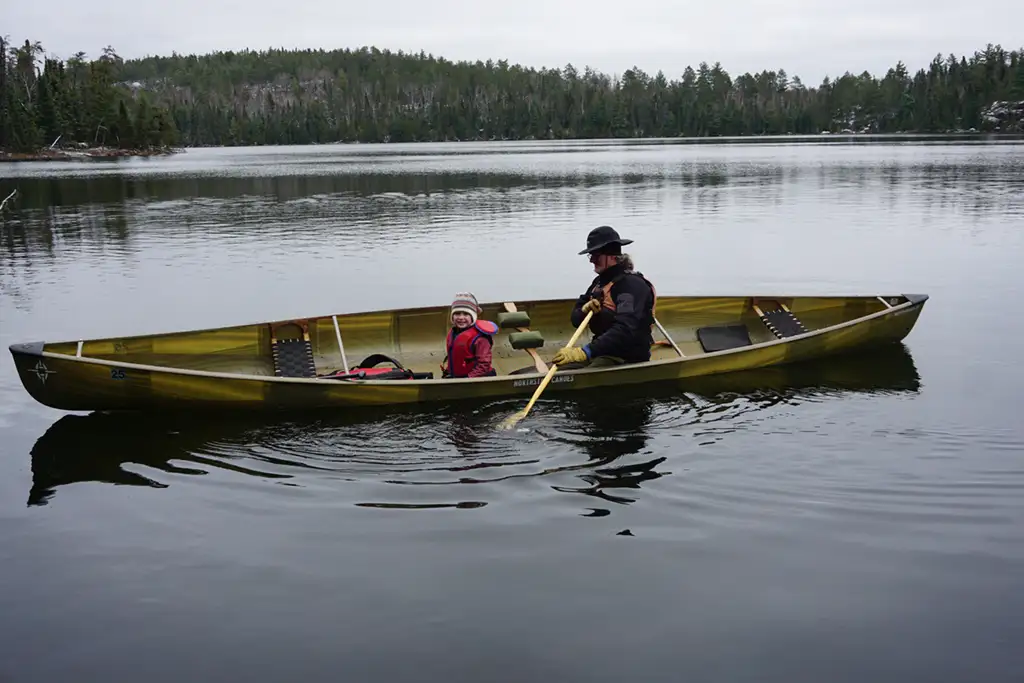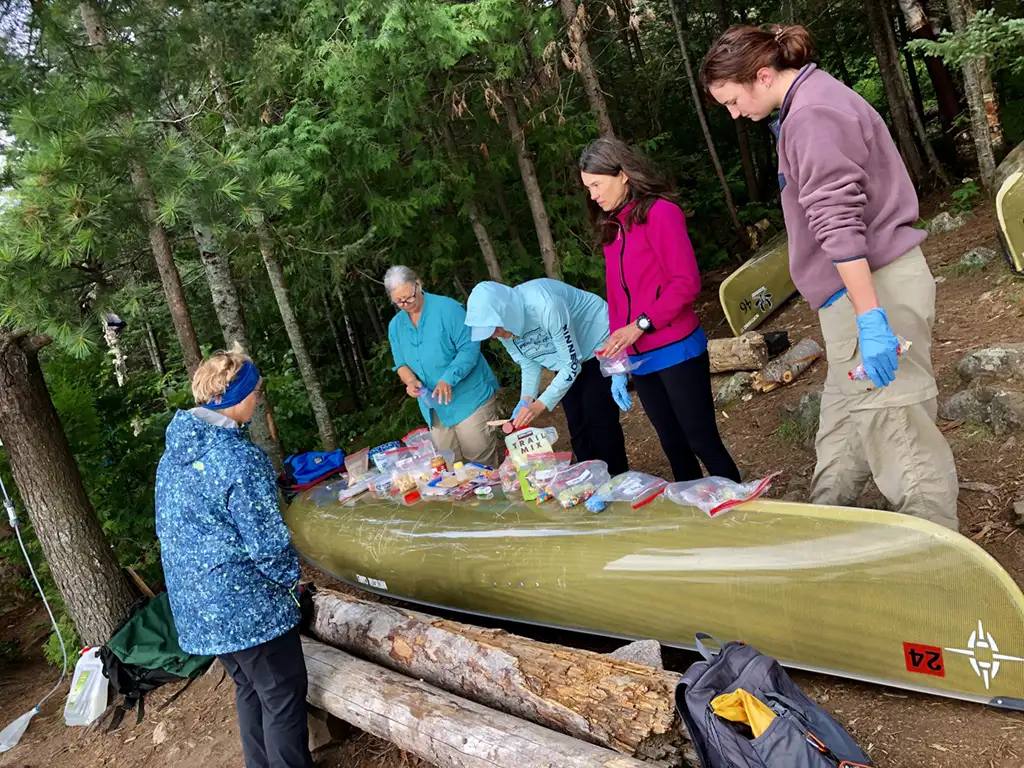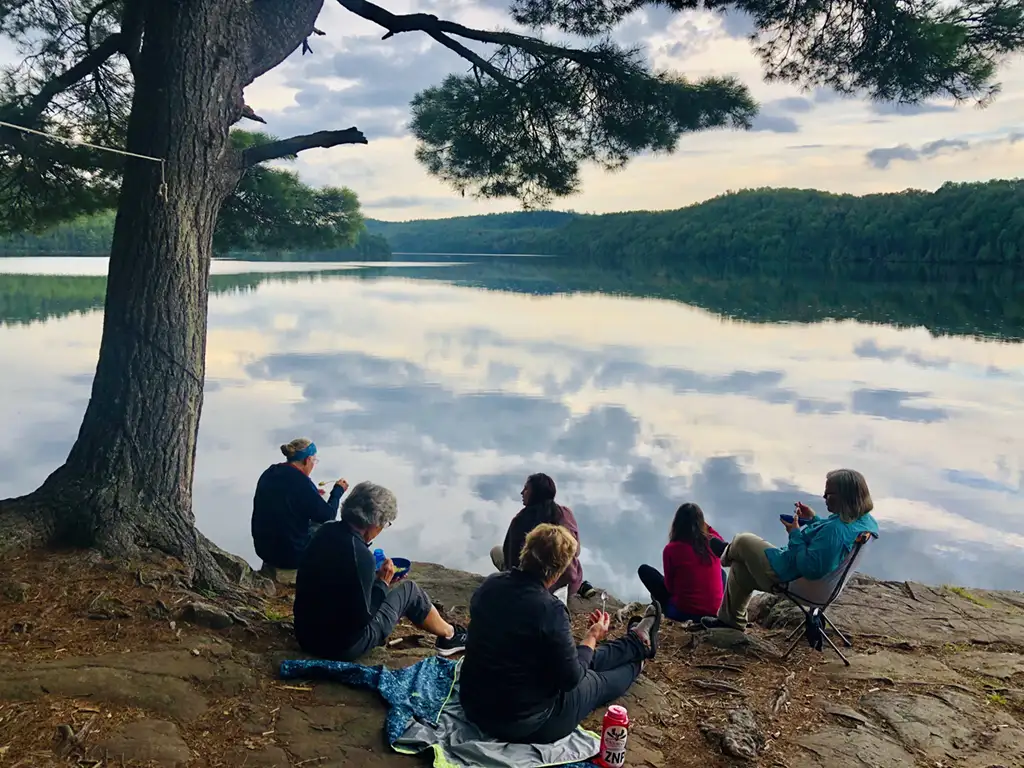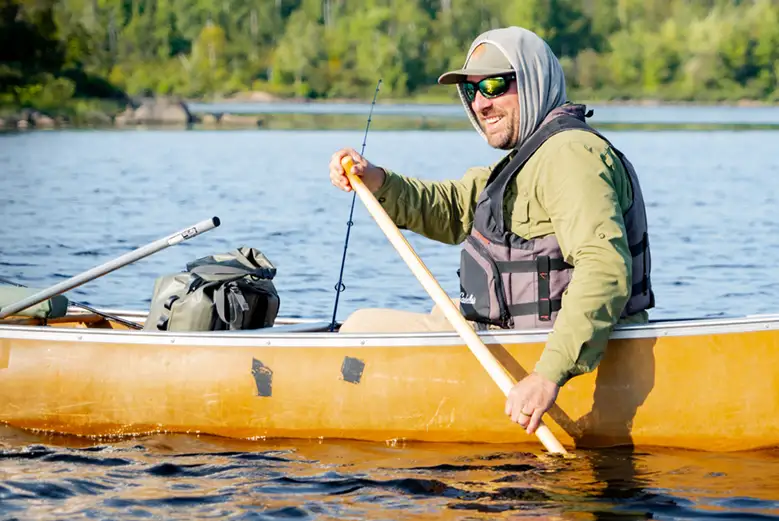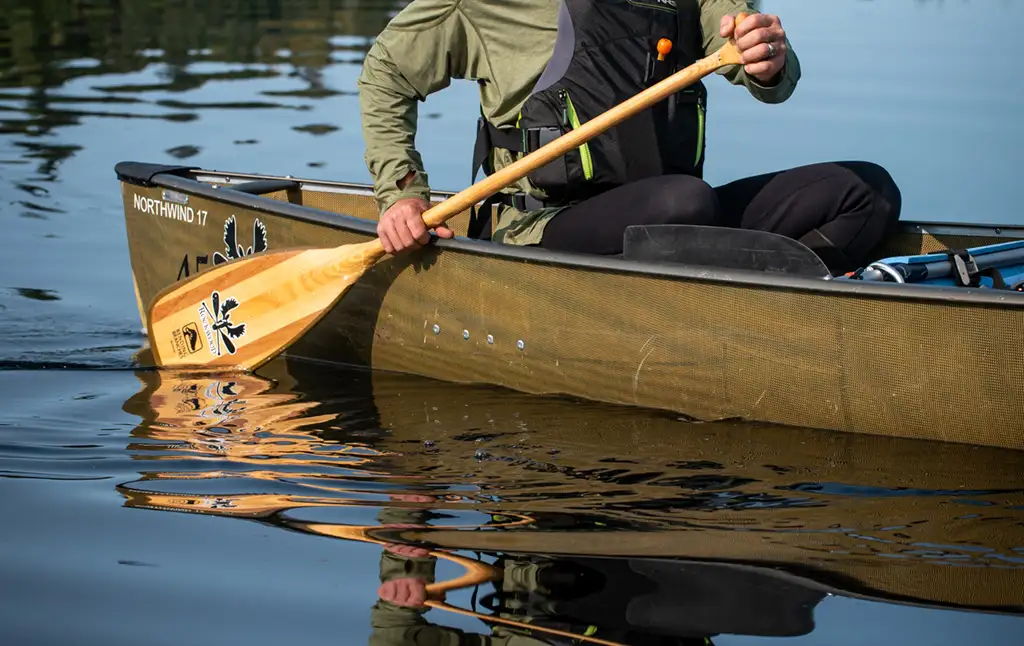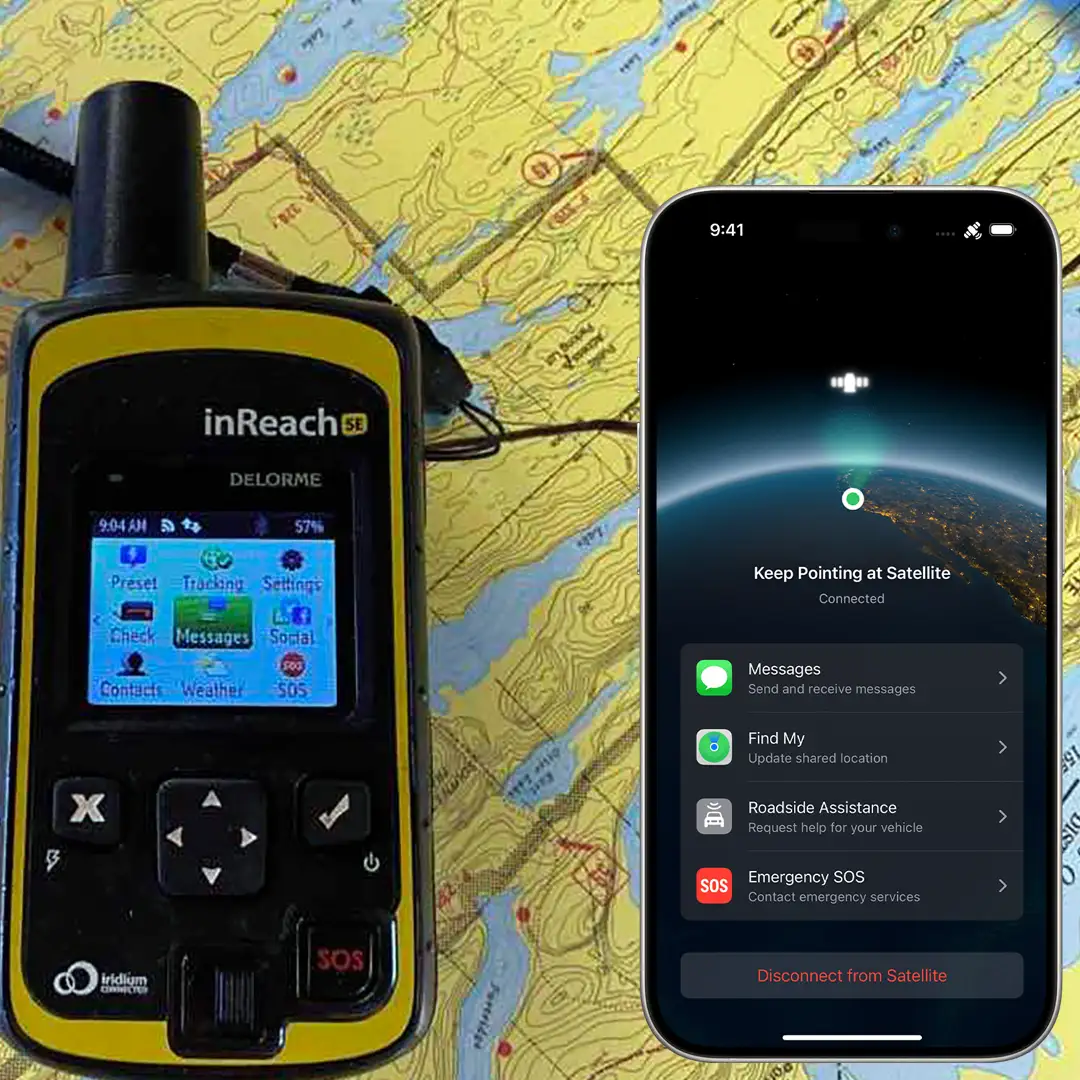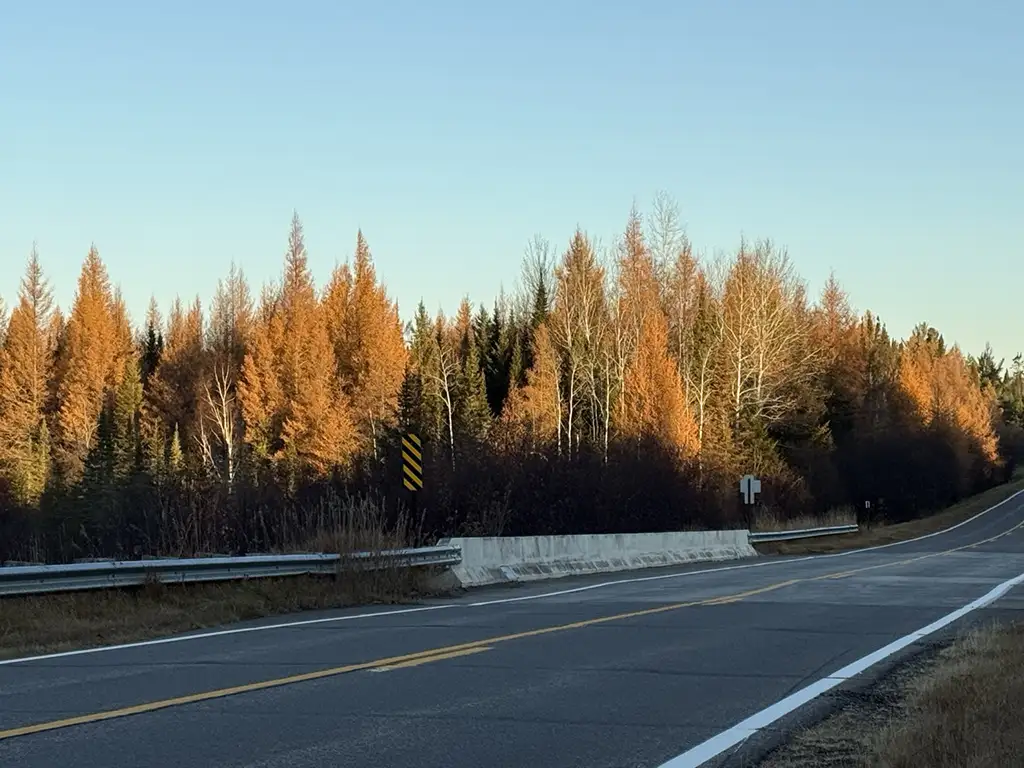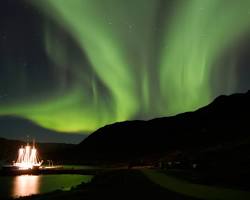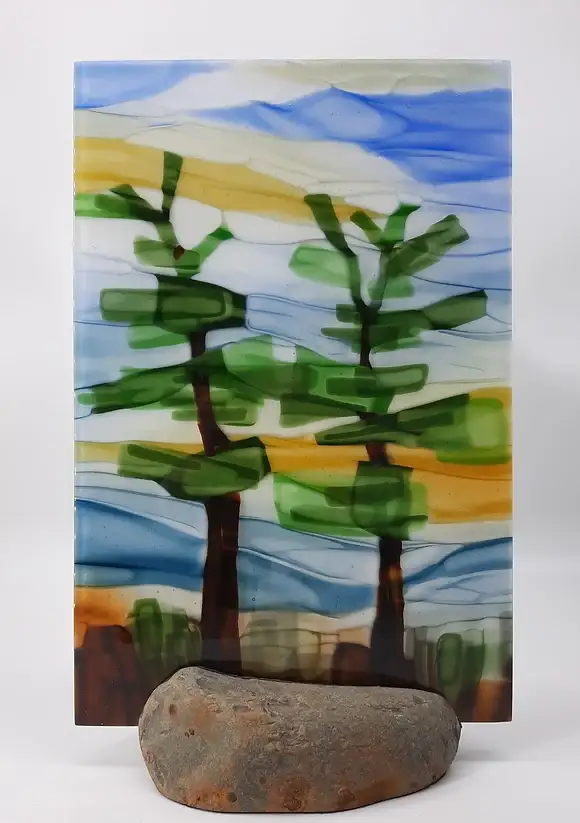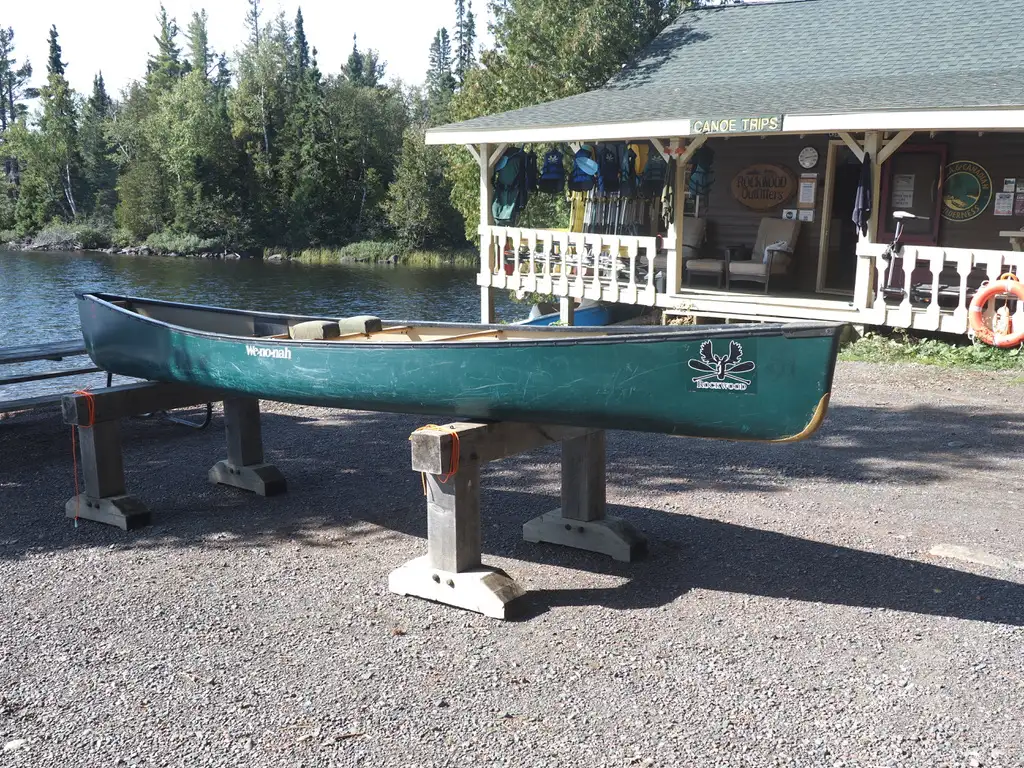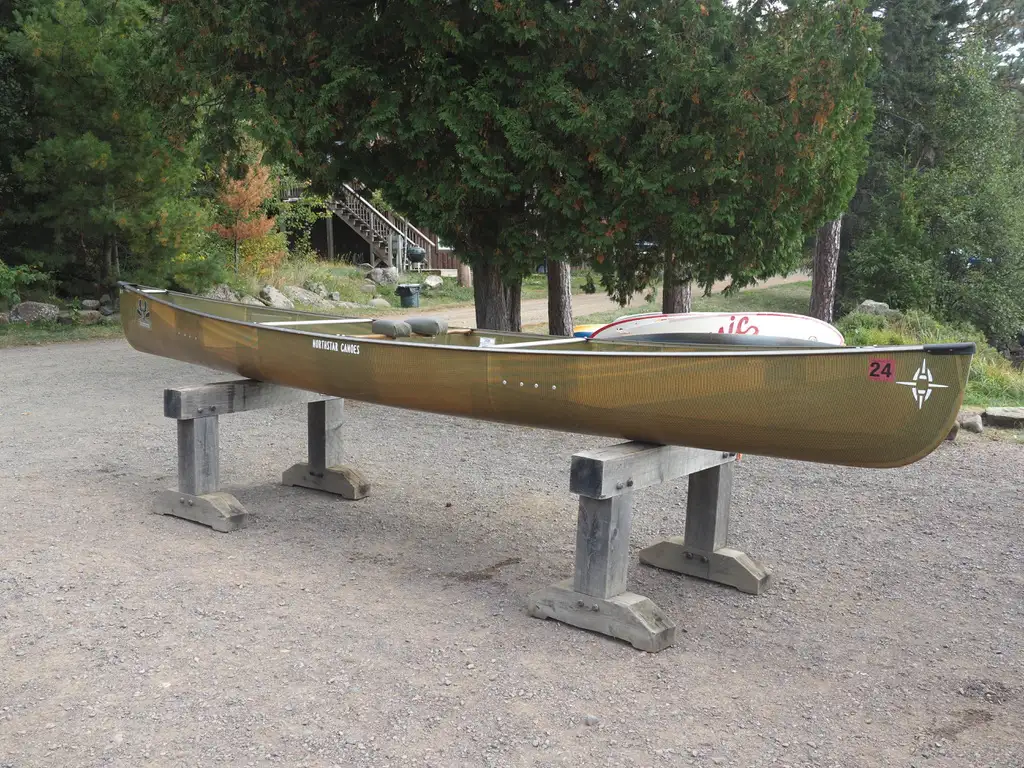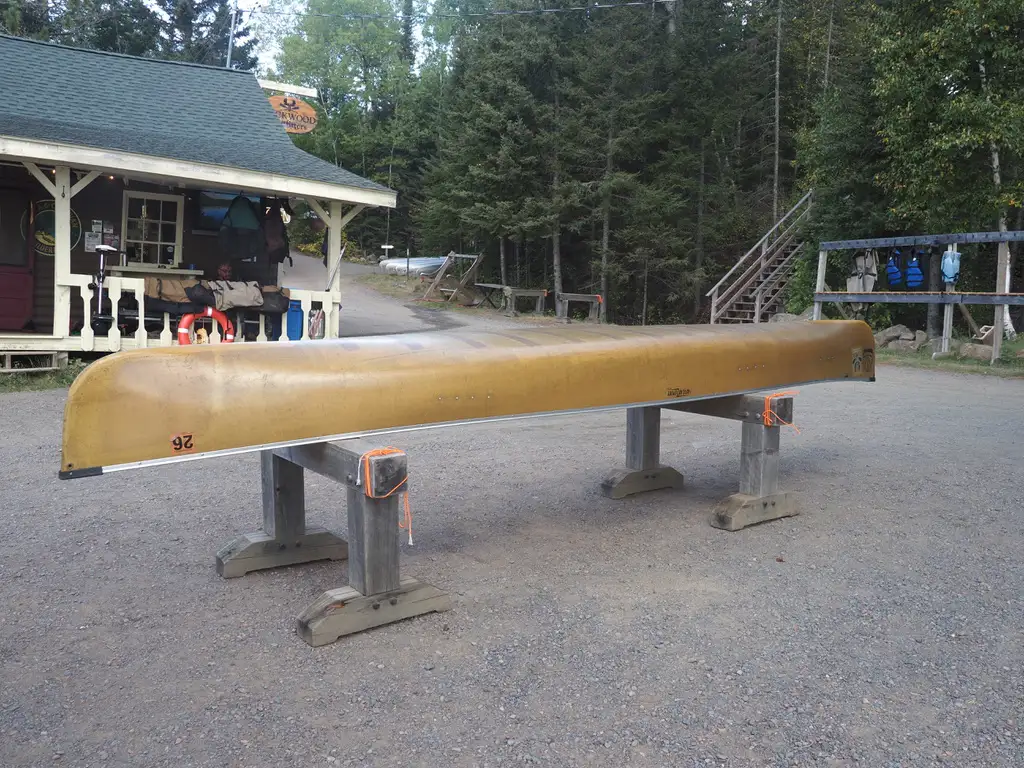Ice Fishing in Gunflint Trail and BWCAW Lakes
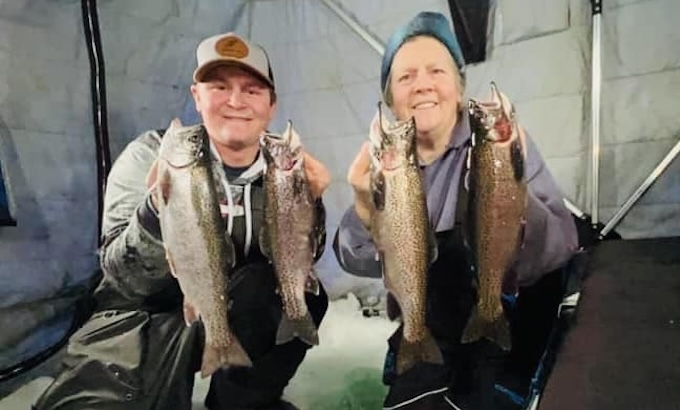
—
We will start this post about ice fishing on our beautiful lakes with an important reminder for those planning to visit the BWCAW in the upcoming softwater season.
Quota permits for the BWCAW go on sale on January 31st at 9 a.m. CST. The quota season for the BWCAW is May 1 through September 30. All parties entering the BWCAW for overnight adventures during that time must have a quota permit.
The permits are sold online at recreation.gov or by calling 1-877-444-6777. The USFS has an excellent BWCAW trip planning guide that is worth reviewing as you plan your adventure.
If you’d like to outfit your Summer softwater trip with state-of-the-art equipment and helpful personal service, visit our website, contact us by email, or call 218-388-2242. Once your trip is booked, we can help you get the best quota permit for your adventure.
**********
Now that we have the PSA out of the way let’s talk about making a winter adventure that appeals to all sportspersons: a day or two of ice fishing.
Ice fishing in Gunflint Trail area lakes
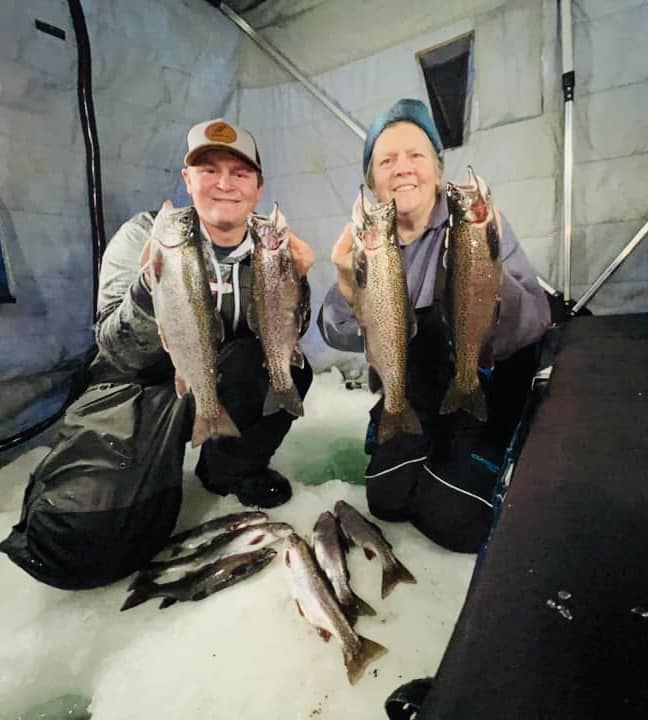
Jaret Baker and Shari Baker from Gunflint Pines ice fishing
The trout–Lake and Brook are the most popular fish species chased and valued for their sport and taste.
You’re probably wondering the best spot to find these fantastic fish. And if you ask a local fisherman, you’ll hear this response, almost no matter who you ask, “In the lake.”
Our lakes were late to freeze over this winter, but they were more than adequate for the trout fishing opener last week to get the season underway.
If you’ve never experienced fishing through a hole in the ice on a cold, calm, sunny day, you must try it.
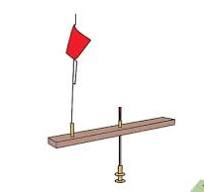
After getting your lines in the water, you can sit back (because you brought a folding chair) and listen to the quiet. As you start to relax, you’ll sense and hear the wildlife that calls our wilderness home. It’s the best meditation until the flag jumps up on one of the tip-ups you’ve been watching–or forgetting to watch.
If you’re new to ice fishing, you can have a classic, guided northwoods fishing experience. Several of the resorts in our neighborhood offer full-day or half-day packages that include everything you need to catch a handsome and healthy fish or two. Maybe limit out.
Several neighbors offer fish houses on the lake near their resort for rent. You may bring your gear or rent from the lodge.

One advantage to a fish house (shack) is that you will be inside with a heater. And a rented fish house will have the holes drilled for you. All you need to do is snowmobile, ski, or snowshoe from shore to your shack.
A disadvantage of ice fishing in a shack? If the fish aren’t biting where you are, you can’t just move the shack to another location. But the day will still be good enough with enough snacks, beverages, and special companions.
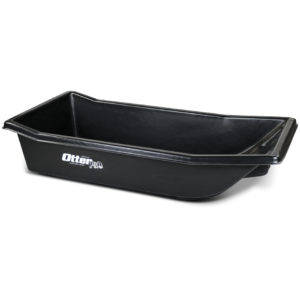
When going it on your own, there are a few items that will make your ice fishing adventure easier:
- A portable ice fishing shelter
- An Otter or similar sled to transport your gear
- An ice auger to open a hole between you and the water–gas, electric, or hand-powered according to your abilities, needs, and local regulations.
*** If you are in the boundary waters, hand-powered only! *** - One or two five-gallon buckets that can be flipped over for a temporary stool and used to carry your catch home
- An ice scoop is a must. The hard work of drilling a hole disappears fast on cold days. The scoop lets you remove the slush that quickly forms an ice cover periodically.
- A portable heater because it’s cold out there
- A tip-up suspends the bait at a set depth. When a fish takes the bait, a flag pops up to let you know.
- A short jigging rod and reel
Whether you plan to be out in the sunshine or cozy inside a shack, you’ll need to dress for the weather. Good, warm boots because cold feet can ruin your day. Layer your clothing and peel off layers if you start to warm up. Mittens and well-insulated gloves for the hands. And don’t forget a hat.
You’ll want a good pair of sunglasses with high UV blocking, and make sure you wear them. They will protect your eyes from snowblindness, a painful eye condition caused by too much exposure to the sun’s glare on snow.
Stay hydrated.
The Vermont Fish and Wildlife Service, a state with a climate similar to ours, offers these tips regarding ice safety:
There’s an inherent risk in walking, snowmobiling, and skiing on frozen water, but risks can be minimized with a little knowledge and common sense.
- As a general guideline, 3½ to 4 inches of clear ice is required to walk on, and 8 inches for a snowmobile or ATV. Double the thickness if the ice is white or opaque and not consistently clear throughout.
- Ice never freezes uniformly, so frequently test ice thickness and solidness with a spud bar or auger as you walk out on the ice.
- Ice that has formed over flowing water, springs, pressure cracks, old ice holes or around the mouths of rivers and streams can be weaker than surrounding ice. It’s a good idea to stay away from these areas.
- Carrying a set of ice picks and a compass for snowy or whiteout conditions is recommended.
- Let someone know where you will be fishing, your access point, and when you plan on returning home. Bring your cell phone, and place it in a freezer bag to keep it dry.
Check out the available lodging at Rockwood to have a cozy base on Poplar Lake for your Gunflint area fishing trip.

